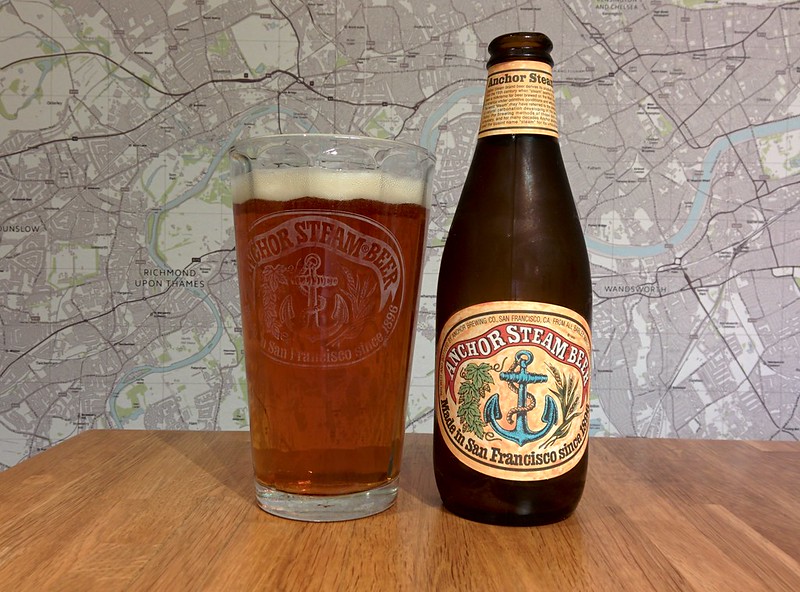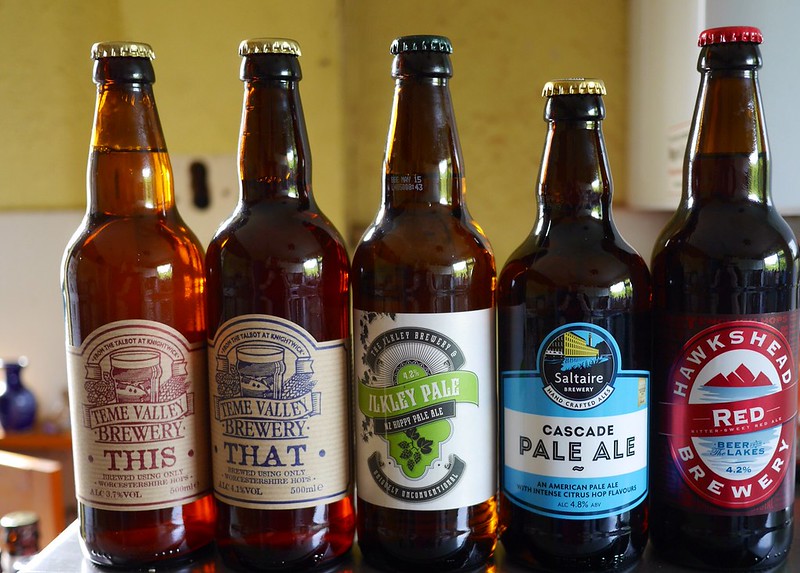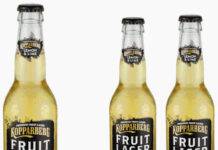Historic Journey of Beer
One of the most globally popular & widely consumed alcoholic beverages after water & tea, beer is generally produced by saccharification of starch. The alcohol content in beer is the result of fermentation of resulting sugar in the process. As one of the oldest fermented alcoholic beverage serving mankind mentioned in early Sumerian writings, “The Hymn to Ninkasi” is a prayer to Mesopotamian goddess of beer remembering the recipe for making beer.
Some of the earliest known writings like the Code of Hammurabi include laws applicable to the production & distribution of beer. In fact, fermented beverages date back to 9500 BC, when cultivation of cereal first began, as recorded in written history of ancient Egypt & Iraq.
Initial Production of Beer
Initially starch & saccharin enzymes were derived from malted grains like barley & wheat flavored with hops adding bitterness & preserving at the same time. Other optional flavorings of herbs & fruits were also selectively preferred by the brewing industry. Fermented alcoholic beverages using rice & fruit ingredients were utilized in China around 7000 BC.
However, in place of mold masticated or malted rice was used in the fermentation process. First evidence of barley utilized for beer production dates back to circa 3500 to 3100 BC from the Godin Tepe – Zagros Mountains site in western Iran. Ebla tablets discovered in Syria dating back to 2500 BC reveal a city producing a range of beers branded Ebla after the city itself.
Beer Manufacture & Legislation
The process of manufacturing beer is generally known as brewing. Dedicated buildings & business companies are largely called breweries. Though beer was mostly made at home & as a home industry through much of its history, brewing beer for commercial usage has been subject to legislation & taxation ever since late 19th century in developed countries.
In order to promote domestic home-brewing as a popular hobby, the governments of United Kingdom, United States & Australia have relaxed legislation over the years.

Beer Brewing Techniques
Water & starch source are the basic ingredients to the making of beer. Malted barley normally utilized as the starch source is fermented with help of brewer’s yeast & further flavored by hops. A mix of other starch sources like sugar, rice or maize-corn may be added as lower-cost substitute to barley. Other starch sources used in making beer as per regional preference include sorghum, millet, cassava, agave & potato.
Quantity of starch sources utilized in the recipe of beer is collectively known as the grain-bill. The process of brewing is to convert starch source into a sugary solution called Wort & which in turn undergoes fermentation triggered by yeast subsequently converting into an alcoholic beverage called beer.
Alcohol Strength In Beer
Strength of beer is generally defined by the amount of alcohol it contains. Normal is around 4% to 6% by volume, but may however vary anywhere in-between 0.5% to 20%. Moreover, some breweries are known to be creating 40% & above in recent years.
Beer Brewing As Industry
Presently, beer brewing industry is a blooming global industry composed of several multinational companies & numerous small regional breweries & brewpubs. As part of culture & social traditions, many beer-drinking nations are found to promote beer festivals alongside a rich pub culture involving pub crawling & pub gaming activities including bar billiards.
Interesting Beer Facts
- Beer is the most popular alcoholic beverages of the youth around the world.
- Beer was not considered as an alcoholic beverage in Russia until 2013.
- Amsterdam pays alcoholics in beer to clean up city streets.
- The strongest beer in the world maintains 67.5% alcohol content.
- Light is what spoils brewing beer.
- There is a quality of beer brewed in Africa from bananas.








